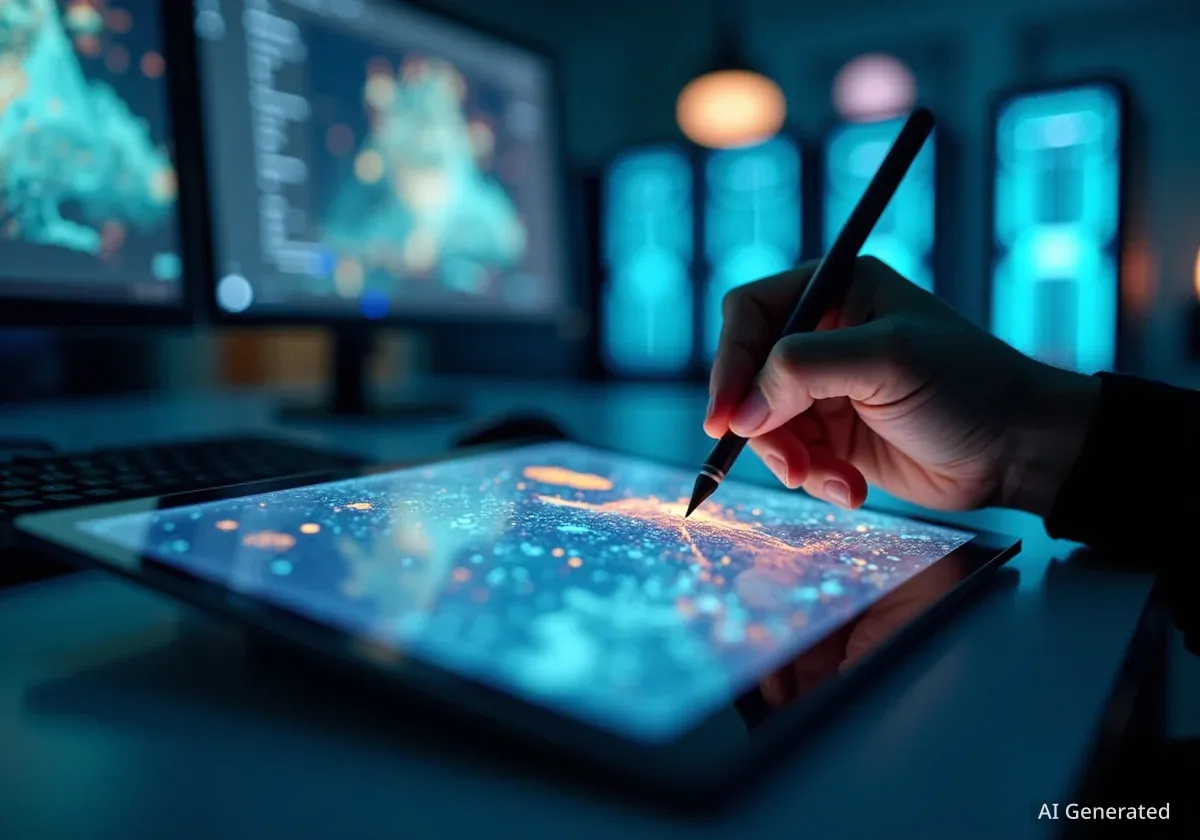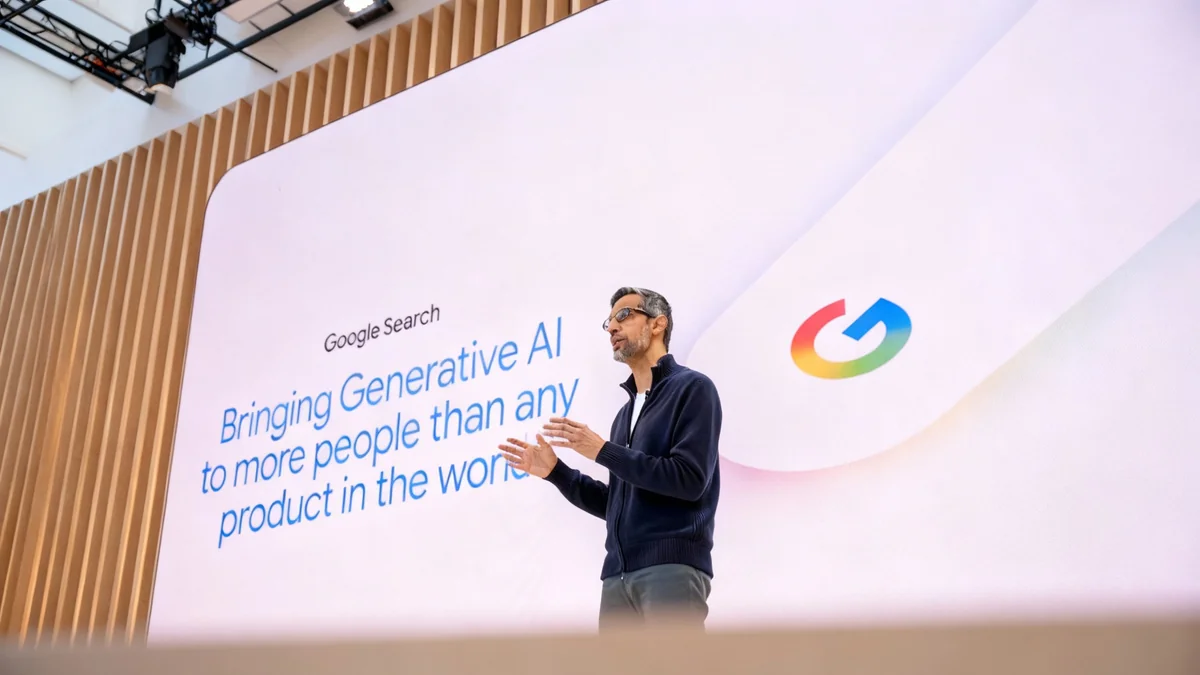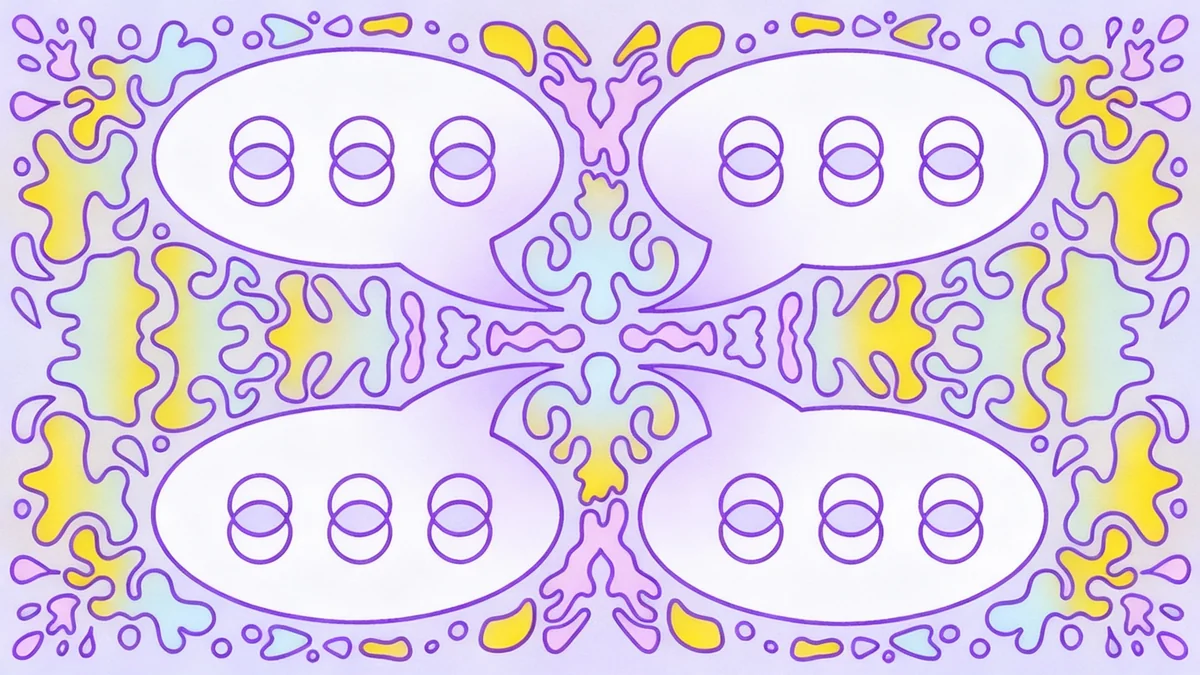Microsoft has officially confirmed the launch of a new initiative named Windows AI Labs, a program designed to test experimental artificial intelligence features with a select group of users. The first application to incorporate this new testing ground is Microsoft Paint, signaling a continued focus on integrating advanced AI capabilities directly into the Windows operating system.
The program aims to accelerate the development and validation of new AI concepts by gathering direct user feedback on usability and market relevance. This move follows a broader industry trend of embedding AI tools into core software applications, with Microsoft positioning Windows as a central platform for AI innovation.
Key Takeaways
- Microsoft has confirmed a new program called Windows AI Labs to test experimental AI features.
- The program is described as a "pilot acceleration program" for validating new AI ideas in Windows.
- Microsoft Paint is the first application where features from Windows AI Labs will appear.
- The initiative focuses on gathering rapid customer feedback on usability, interest, and market fit.
Introducing Windows AI Labs
Microsoft is introducing a new pathway for testing cutting-edge AI functionalities within its Windows ecosystem. The program, named Windows AI Labs, was first identified by Windows testers who noticed references to it in pre-release versions of the Microsoft Paint application. The company has since provided official details about its purpose and scope.
The initiative functions as a dedicated channel for Microsoft to deploy and evaluate novel AI features before a potential wider release. It allows the company to engage with a smaller user base to refine concepts that are still in early development stages.
A Strategic Focus on Feedback
The core objective of Windows AI Labs is to create a structured feedback loop. By releasing experimental features to a limited audience, Microsoft can collect valuable data on how users interact with new tools, whether the features are genuinely useful, and if there is sufficient market demand to justify further development.
In a statement, Mike Harsh, a partner director of product management at Microsoft, clarified the program's mission. He described it as a vehicle for rapid validation and user-centric development.
"The Windows AI Lab is a pilot acceleration program for validating novel AI feature ideas in Windows. The program focuses on rapid customer feedback on feature usability, customer interest, and market fit."
This approach suggests a more agile and iterative development process for AI in Windows, prioritizing user experience and practical application over internal testing alone.
Microsoft Paint as the First Testbed
The choice of Microsoft Paint as the inaugural application for Windows AI Labs is significant. Once a simple graphics editor, Paint has recently received substantial updates, transforming it into a more capable tool. This makes it a suitable environment for experimenting with generative AI and other advanced image manipulation features.
While prompts to access Windows AI Labs have appeared for some users within Paint, Microsoft has not yet detailed the specific features that will be tested first. The recent addition of features like layers and transparency support suggests that the new AI tools could be sophisticated.
Recent Enhancements to Paint
In recent months, Microsoft Paint has been updated with several features previously found only in more advanced image editing software. These include:
- Layers: Allowing users to work on different parts of an image independently.
- Transparency: Support for transparent backgrounds and PNG files.
- Generative AI: The introduction of Cocreator, an image generation tool powered by DALL-E.
Industry observers speculate that the new experimental features could align with advancements seen in other creative software. This might include AI-powered object removal, style transfers, or more advanced generative fill capabilities, similar to those developed by companies like Adobe for its Photoshop software.
Broader AI Integration Across Windows
The Windows AI Labs program is not an isolated effort. It is part of Microsoft's comprehensive strategy to embed artificial intelligence across the entire Windows operating system and its native applications. This push aims to make AI an integral part of the user experience, from simple text editing to complex file management.
Over the past year, Microsoft has aggressively rolled out AI-powered updates to several key Windows applications. This consistent integration demonstrates a long-term vision for an AI-enhanced operating system.
Examples of Recent AI Updates
Microsoft's commitment to AI is evident in the features added to other standard Windows tools:
- Notepad: The simple text editor is expected to receive AI features that could help summarize text, reformat content, or explain complex information directly within the app.
- Photos App: The application now includes AI-powered background blur and removal, making it easier for users to edit images without specialized software.
- Snipping Tool: This utility can now recognize and redact sensitive information like email addresses and phone numbers from screenshots automatically.
- File Explorer: Microsoft is testing AI-powered actions and summaries within File Explorer to help users manage and understand their files more efficiently.
These updates, combined with the launch of Windows AI Labs, indicate that Microsoft is using its vast user base to test and refine AI functionalities on a large scale. The goal appears to be making advanced AI accessible and useful for everyday tasks.
The Competitive Landscape and Future Outlook
Microsoft's strategy is taking place within a highly competitive technology landscape where AI capability is becoming a key differentiator. Companies like Google, Apple, and Adobe are also heavily investing in integrating AI into their respective platforms and software suites.
By creating a dedicated program like Windows AI Labs, Microsoft can potentially accelerate its innovation cycle. Rapid iteration and direct user feedback are crucial for staying competitive and ensuring that new features meet genuine user needs rather than being purely technology-driven.
The Role of Copilot
The Windows AI Labs initiative complements Microsoft's flagship AI assistant, Copilot. While Copilot provides a broad, system-wide AI interface, the Labs program allows for more focused, application-specific testing of granular features. The insights gained from the Labs could eventually inform the development of new skills and capabilities for Copilot.
The future of Windows AI Labs will likely involve a rotating series of experimental features, not just in Paint but in other applications as well. As the program matures, it could become a primary source of innovation for the Windows platform, giving users a glimpse into the future of the operating system.
For now, the focus remains on Microsoft Paint and the initial set of AI tools that will be introduced through the program. The feedback gathered from this first phase will be critical in shaping the direction and success of Windows AI Labs and Microsoft's broader AI ambitions for its flagship operating system.





